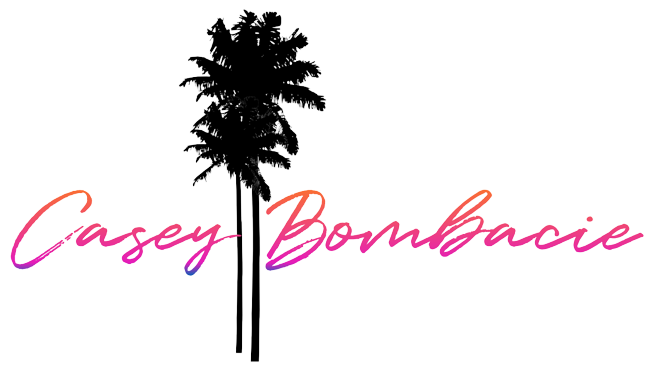Real-time data for a real time win.
Player Development Mobile App
For casino properties, player development is the frontline of defense. Hosts use the app to move players into their pipeline to drive sales, events, offers, and hotel reservations. After several rounds of user interviews with player development managers, host managers, and hosts; we put together a working prototype that could be built in one quarter using AGILE processes. The project is still WIP and we have tested this prototype with the aforementioned users and have received positive feedback.
Everything begins with research, assumptions, and whiteboards. The first step in this process was to talk to a sample of ~20 users. We came up with a list of 11 questions that cover topics surrounding their work day and their workflow. We ask questions like: “What does a successful day look like for you?” to “Tell me about a day in the life of…” These questions draw out organic answers that begin to form a picture. From this picture we can determine pain points, problem areas, and potential solutions. Our first iteration is below.
PROBLEMS TO SOLVE:
1) Our current solution was slow and cumbersome.
2) Player Hosts need to see real-time data of their players on the floor and be able to search for them.
3) Host Managers would like more accountability with task completion by their hosts.
HOW I SOLVED THEM:
1) We already had a mobile solution that sort of solved these problems. The main issues with the app were functionality, speed, and data flow. Often times a host would be notified that a player was at a slot machine, only to get there and the player was gone. We called this “ghost chasing.” This was a common theme across all the clients using this app. We heard about this problem across twenty interviews. The way I solved this was to first come at the app with a fresh perspective. Because the current solution was not a true native app, my suggestion was that we spend the time and focus on developing a new native app to replace the web app. This would allow for more efficient user flow, push notifications (which we did not have and many were asking for), and better responsiveness. We could remove the slow, cumbersome interface of the old app and solve a lot of experience problems with a native app. There were a few internal stakeholders who held opposing views on the native app concept. The product team was able to convince them this was the best course of action.
2) The primary focus of this app needed to be this: “who is on the floor now” and “help me search for players”. As you can see in the whiteboard prototype (linked below and here), this was accomplished on the home screen. We removed a few steps and barriers in the old app by bringing those two views to the forefront. We refined this home screen several times through user interviews and iterations before arriving at the hi-fi prototype version (also linked below). Players on floor would give the hosts the quick glance view they needed and having a search bar as the one of the first things you see was a huge win and garnered lots of positive feedback in our interviews.
3) While our primary persona was the host, we also had to satisfy the host managers whose main responsibility is to keep their hosts accomplishing tasks. Tasks are all about connecting to the players to get them into play slots. Playing slots = revenue. This was a large conversation that spanned multiple interviews with hosts, managers, and even execs. How do we encourage the hosts to accomplish their tasks without the host feeling “watched” or “micro-managed.” Ultimately, we were able to find a design that satisfied the hosts and behind the scenes, the managers. This product was halted at the end of 2019 due to financial constraints of the company.
Click here for whiteboard prototype.
After we completed the above iteration. We went back to our users and asked them about the prototype. We asked them to perform simple tasks such as: searching for players, completing tasks, and calling players. Armed with this data, we asked ourselves what can we get done in 90 days? The working prototype below is the initial solution.
Click here for working prototype.
Skills Employed for this Project:
Worked with product management on project objectives and allocate resources to achieve the objectives as measured against plans
Whiteboarding
Map, maintain and evangelize the end-to-end customer journey for this new experience
Lo-fi/Hi-Fi prototyping
Design and conduct qualitative and quantitative research studies, including user interviews, in-person or remote usability studies, focus groups and surveys
Product creation and iteration
Led the team of designers and PMs by establishing timelines and implementation







